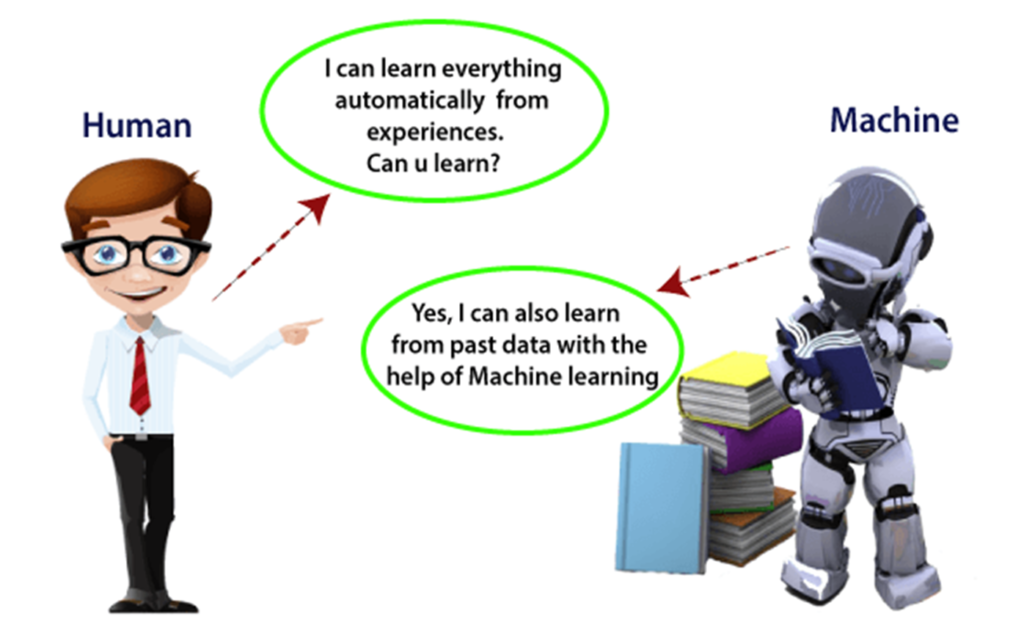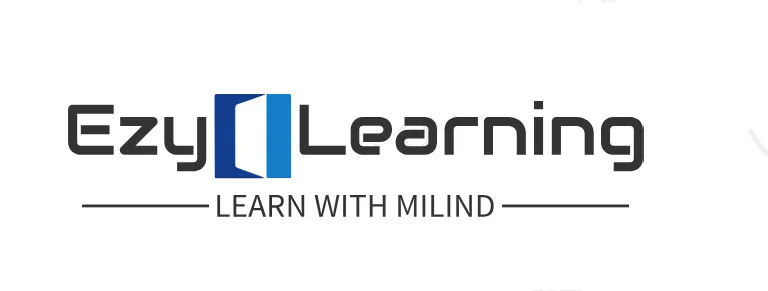Understanding Machine Learning

- Machine learning is a growing technology which enables computers to learn automatically from past data.
- Machine learning uses various algorithms for building mathematical models and making predictions using historical data or information.
- Currently, it is being used for various tasks such as image recognition,speech recognition,email filtering,Facebook auto-tagging,recommender system, and many more.
What is Machine Learning?

- Humans who can learn everything from their experiences and their learning capability.
- But can a machine also learn from experiences or past data like a human does? So here comes the role of Machine Learning.
- Machine learning is a subset of AI, which enables the machine to automatically learn from data, improve performance from past experiences, and make predictions without having explicitly programmed.
- Past experience : by giving the training data (both input data and output data) to the machine.
- Build a mathematical model using training dataset and suitable algorithm for the learning of machine to predict the outcome without explicitly programmed.
- Machine learning constructs or uses the algorithms that learn from historical data.
- Validate the model based on test dataset.
- The more we will provide the information, the higher will be the performance and accuracy.
- A machine has the ability to learn if it can improve its performance by gaining more data.
How does Machine Learning work
- Prepare a dataset
- Extract the desired features.
- Build a mathematical model using training dataset and suitable algorithm for the learning of machine to predict the outcome without explicitly programmed.
- Validate the model based on test dataset.
- Make Predictions on new dataset.
- We have a complex problem that requires predictions, we can use machine learning algorithms to build the logic and predict the output.
- Instead of writing code, we feed data to generic algorithms, which learn from the data and make predictions without explicit programming.
Machine learning has revolutionized the way we approach problems by enabling computers to understand patterns and make judgments based on data. The following block diagram illustrates the working of a machine learning algorithm:
